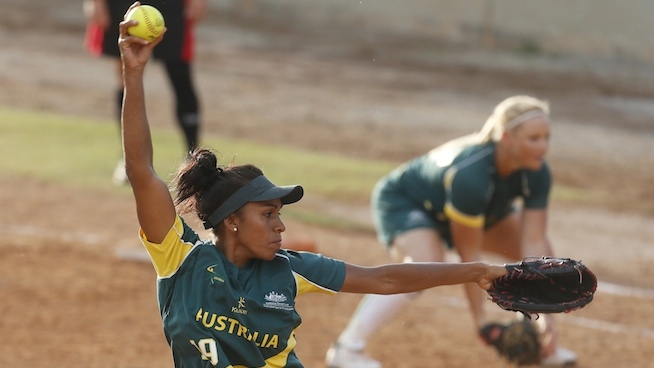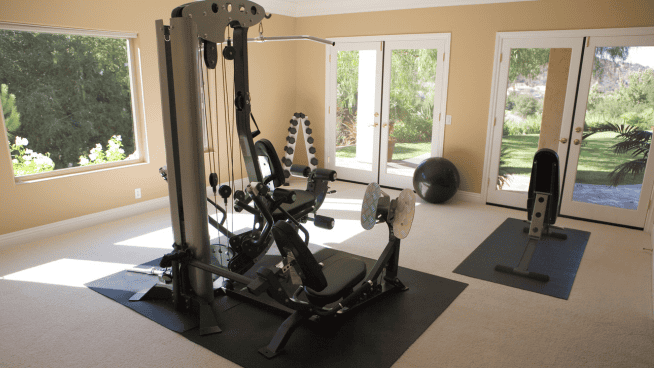Fastpitch Softball: Pitch Count Tips

AP Images
Limits on baseball pitches get lots of attention, but you don’t hear much about limits in fastpitch softball. Since pitching in softball is considered a low-impact or natural motion, the thinking goes, it doesn’t require a limit. But softball players are not exempt from overuse injuries.
The most common injuries to softball pitchers don’t come directly from the mechanics, but from a breakdown in mechanics once fatigue sets in. Coaches need to spend time observing their players’ pitches so they can spot when their mechanics begin to break down.
Three steps to determine a pitch count
1. Have the pitcher perform her normal warm-up routine. Start counting once she begins full motion at full speed.
2. Count the number of pitches, paying attention to balls and strikes. Once you notice the pitcher beginning to get wild and losing her normal control, have her take a short break.
3. After the break, continue as before, paying attention to balls and strikes and counting pitches. Once she loses control for a second time, the practice session is over.
Pitch count limits
Pitch counts of 80 to 100 are ideal for an average pitcher looking to complete seven innings. If the pitcher is under 80 pitches and you need her to be a starter, use a sprinting program to increase her lower body stamina.
The limit for maximum-effort pitches during a week should be around 400. Do not include any drills that mimic the pitching motion but are not maximum effort. Fastpitch softball pitchers should use these drills to practice control and command over movement pitches.
[cf]skyword_tracking_tag[/cf]RECOMMENDED FOR YOU
MOST POPULAR
Fastpitch Softball: Pitch Count Tips

AP Images
Limits on baseball pitches get lots of attention, but you don’t hear much about limits in fastpitch softball. Since pitching in softball is considered a low-impact or natural motion, the thinking goes, it doesn’t require a limit. But softball players are not exempt from overuse injuries.
The most common injuries to softball pitchers don’t come directly from the mechanics, but from a breakdown in mechanics once fatigue sets in. Coaches need to spend time observing their players’ pitches so they can spot when their mechanics begin to break down.
Three steps to determine a pitch count
1. Have the pitcher perform her normal warm-up routine. Start counting once she begins full motion at full speed.
2. Count the number of pitches, paying attention to balls and strikes. Once you notice the pitcher beginning to get wild and losing her normal control, have her take a short break.
3. After the break, continue as before, paying attention to balls and strikes and counting pitches. Once she loses control for a second time, the practice session is over.
Pitch count limits
Pitch counts of 80 to 100 are ideal for an average pitcher looking to complete seven innings. If the pitcher is under 80 pitches and you need her to be a starter, use a sprinting program to increase her lower body stamina.
The limit for maximum-effort pitches during a week should be around 400. Do not include any drills that mimic the pitching motion but are not maximum effort. Fastpitch softball pitchers should use these drills to practice control and command over movement pitches.










